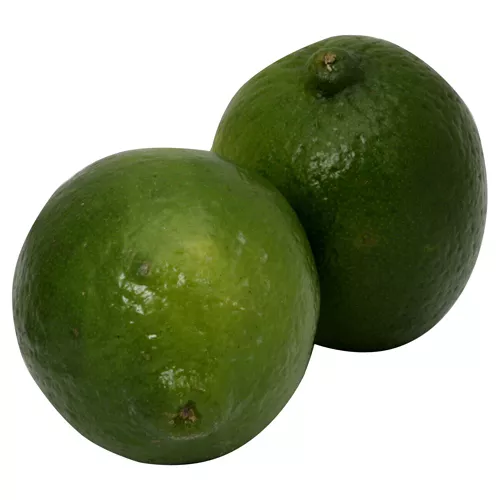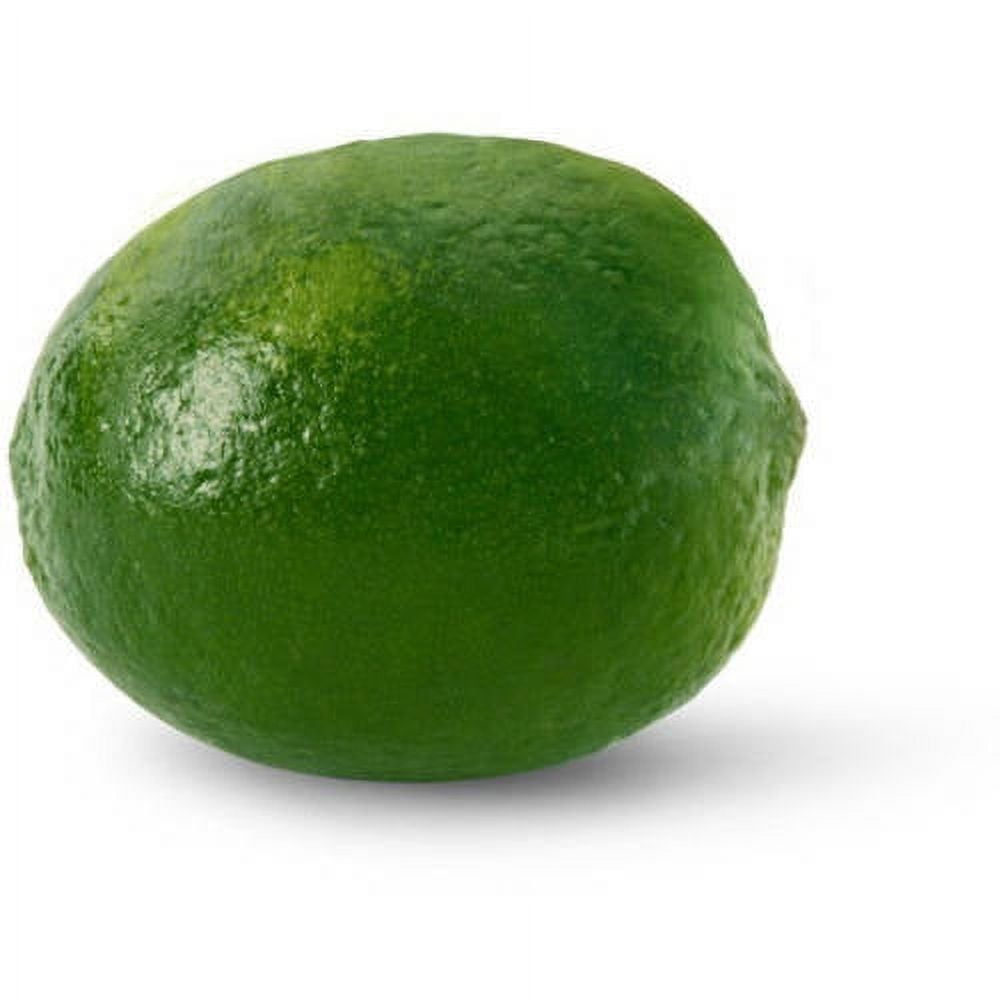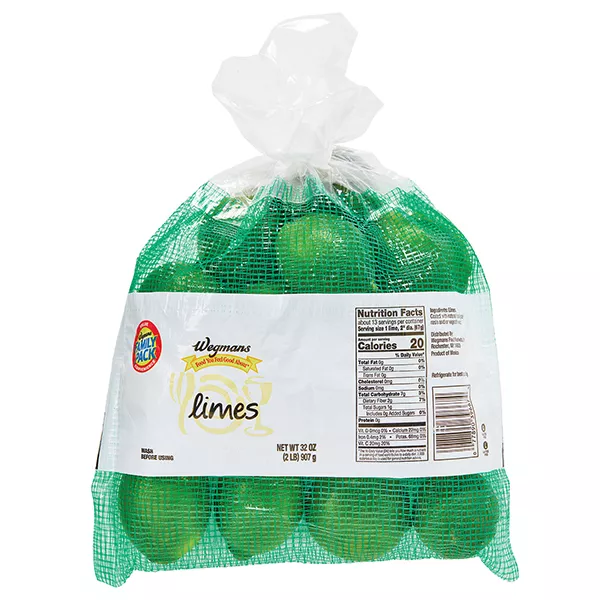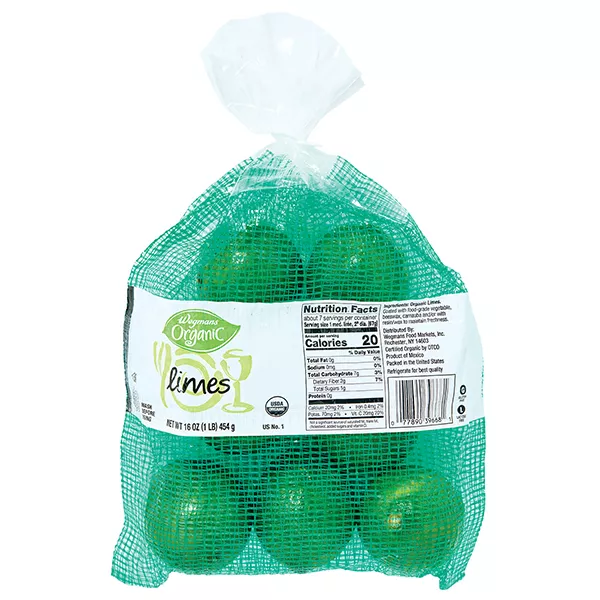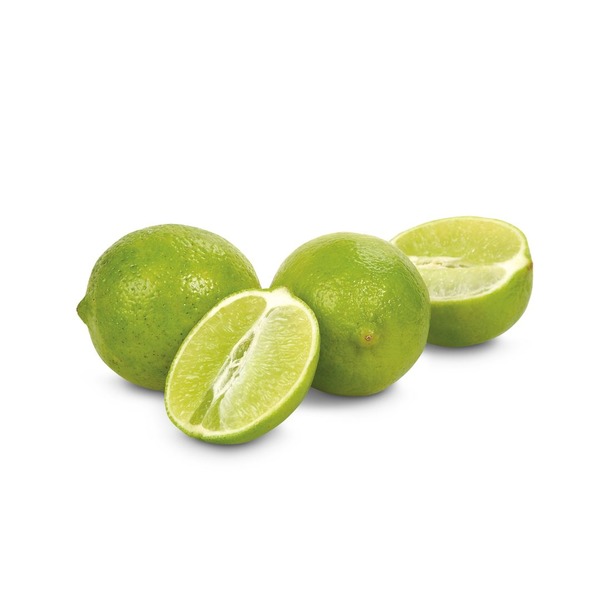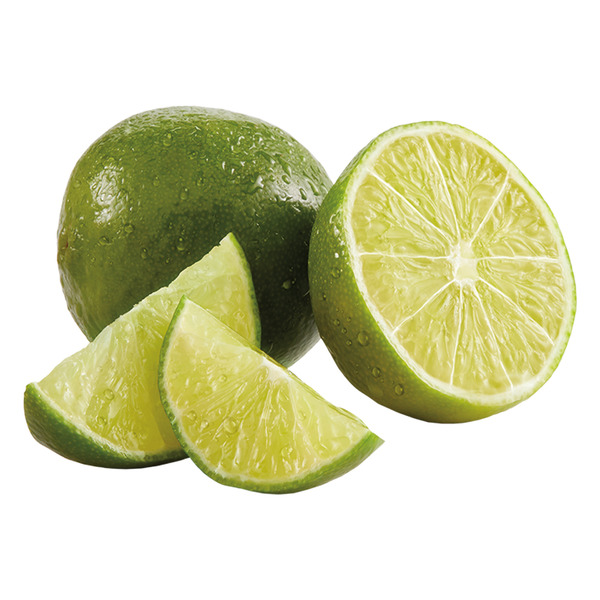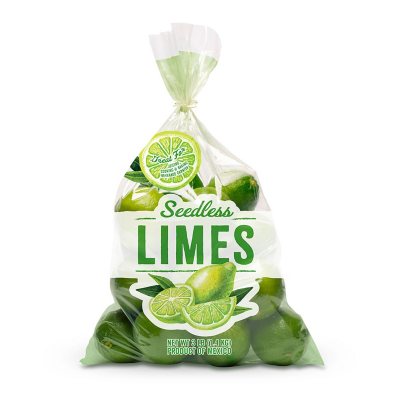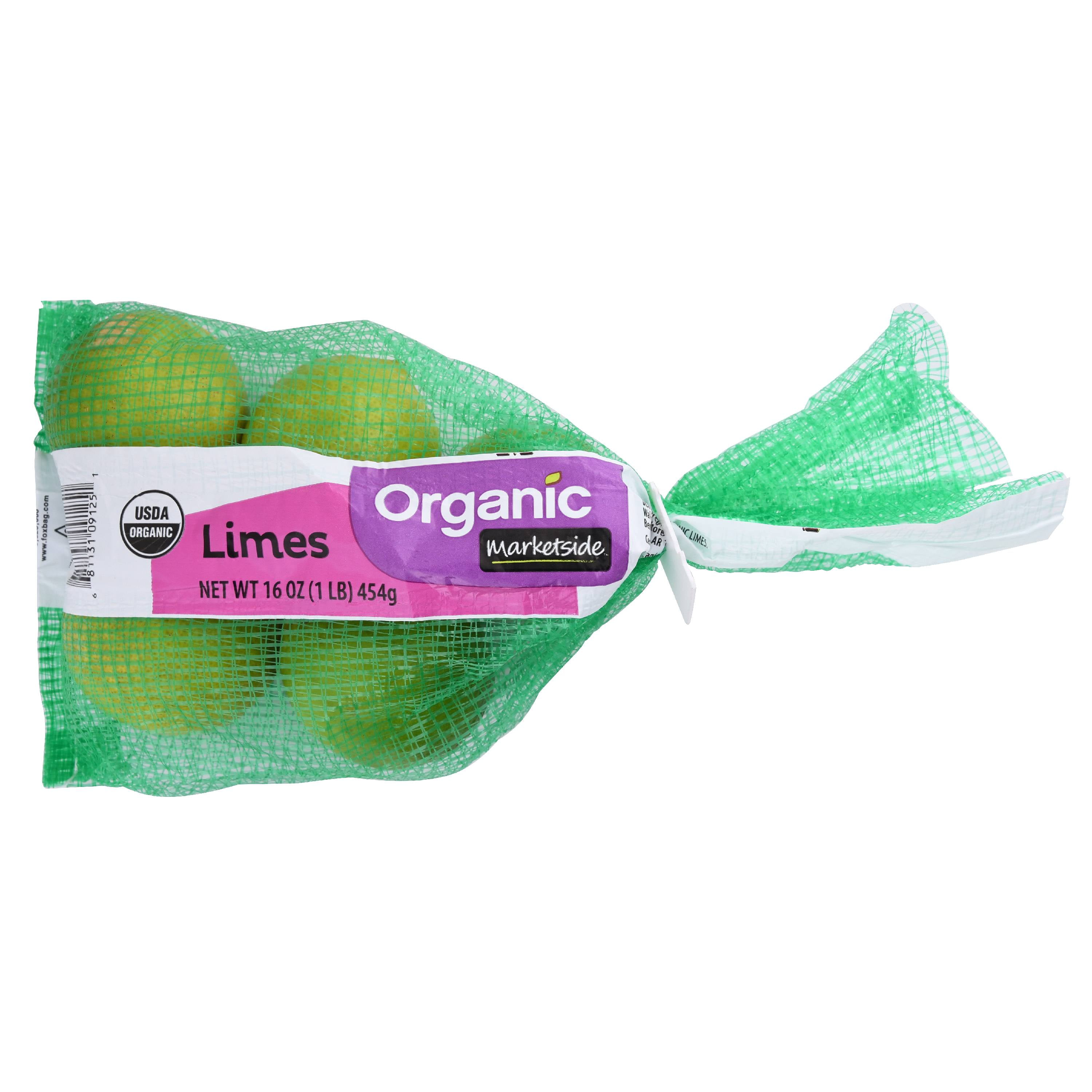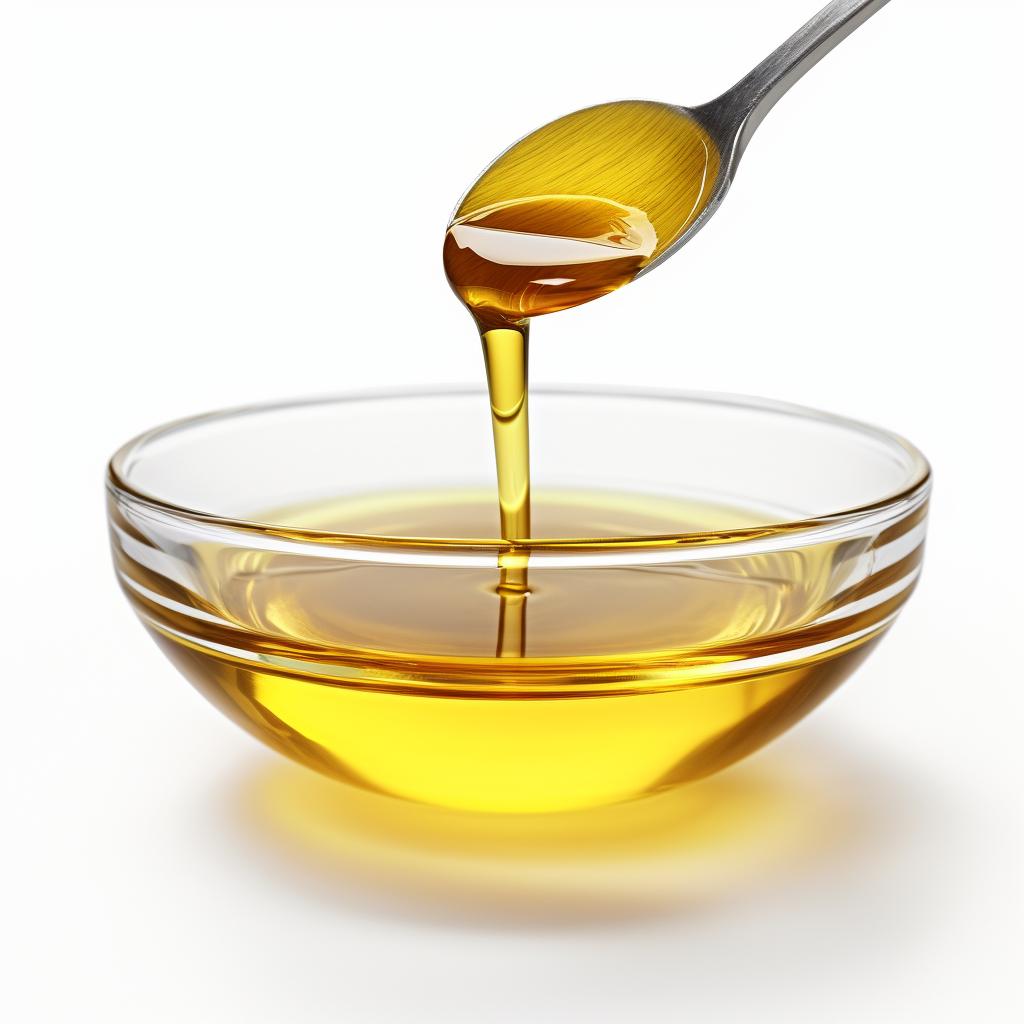COCKTAILS
CONDIMENTS AND SAUCES
SALADS
Lime
Lime, a small, green citrus fruit, is prized for its distinct tangy flavor and versatility in a variety of culinary applications. The fruit grows on a lime tree, scientifically known as Citrus aurantifolia, which is native to Southeast Asia but cultivated in tropical and subtropical regions worldwide. Limes are commonly recognizable by their green skin, which turns yellow when fully ripe, and their greenish-yellow, juicy pulp.
Home cooks and consumers mainly use limes for their zesty juice and fragrant zest, which can provide a burst of flavor and acidity to dishes, beverages, and baked goods. They are an essential ingredient in various cuisines such as Mexican, Thai, and Indian recipes, as well as mixology for cocktails like margaritas and mojitos. Limes also contain a good amount of vitamin C, offering various health benefits for those who include them in their diets.
92%
CARBS
2%
FAT
6%
PROTEIN
1,281 Lime Products
Used In 1,034 Recipes
2
Zesty Coconut-Lime Shrimp
4
Explosive Flavor Firecracker Chicken
5
Citrus Shrimp and Avocado Quinoa Bowls
6
Zesty Chicken Zoodle Bowl
4
Zesty Cilantro-Lime Chicken with Rice and Black Beans
2
Nourishing Avocado & Chicken Bowls
3
Sweet-n-Savory Honey Lime Salmon and Spicy Mango Salsa
2
Zesty Cauliflower & Bean Fiesta Bowls with Fragrant Cilantro-Lime Rice
Lime Is Frequently Used With
Lime FAQ
Cooking with lime can seem simple at first glance as it’s primarily used for its juice and zest. However, there can be challenges and nuances that home cooks encounter. How much juice is there in one lime? When to add lime juice to a dish?
Thus, understanding how to properly use lime can truly enhance your dishes. A common mistake is adding lime too early in the cooking process which can result in a bitter taste. Always remember to add lime towards the end of cooking to maintain its refreshing sourness.
Moreover, to get the most juice from a lime, roll it on the counter before cutting and squeezing. The pressure helps to burst open some of the individual segments inside limes so you're able to get more juice.
Also, zesting a lime before juicing it is a good habit to develop. A microplane grater is a chef’s beloved tool for zesting - it helps to shave off just the green part of the skin, leaving the bitter white pith behind. The zest has a very intense lime flavor that can add depth to your dishes and desserts.
One little-known tip is that you can even use the left-over squeezed out lime halves as a natural, eco-friendly cleaning scrub for cutting boards and countertops.
I don't have a juicer. How can I juice a lime?
What are some uses of lime zest?
How can I properly zest a lime?
Can I also eat the lime skin?
Do I always have to use fresh lime juice?
Is lime juice good for health?
How much juice does one lime yield?
Can I substitute lemon for lime and vice versa?
Is there a way to get more juice out of a lime?
When should I add lime juice to my cooking?
Expiration & Storage Tips
When does lime expire?
Limes, like other citrus fruits, can stay fresh for quite a while. Unopened and left at room temperature, they can last for about a week. However, if you store them in the refrigerator, they can remain fresh for up to 3-4 weeks. Once the lime has been cut open, it should be used within a few days as the fruit will start to dehydrate and lose its fresh taste. If you decide to freeze your lime, it can last up to 3-4 months. When it comes to lime juice, it generally lasts about a week in the fridge and up to a few months in the freezer.
How do you tell if lime is bad?
A lime that's past its prime will have a shriveled skin and start losing its bright green color turning yellowish or even brownish. Also, the fruit will become hard and will not yield to pressure when you press the skin. Once cut open, the inside can become dry and the smell will not be as strong as a fresh lime. If a lime has gone moldy or has developed black spots on the skin, it's best to throw it away. If you're dealing with lime juice, a fermented smell or change in color to a darker, murkier tone might be a sign of it going bad.
Tips for storing lime to extend shelf life
• Store unopened limes in a cool, dark place away from direct sunlight.
• Once you've cut open a lime, either use it all at once or tightly wrap the remaining portion in cling wrap or place it in a zip-top bag and refrigerate. Remember to use it within a few days.
• Slicing limes and freezing them can be a really handy trick. You can use frozen lime slices directly in your drinks.
• Whenever possible, choose to store limes in the refrigerator. A low-moisture crisper drawer is an ideal location. This slows down the ripening process and helps them keep their freshness for longer.
• If you've got extra limes on hand that you can't use before they go bad, consider juicing them and freezing the juice in ice cube trays. Once frozen, you can transfer the lime juice cubes to a freezer bag for longer storage. Use them in recipes or drinks whenever you need.
• Another great way to preserve lime is by zesting it before it goes bad. The zest can be stored in a sealed container and kept in the freezer, ready to add a pop of flavor to your dishes anytime.
EXPIRES WITHIN
2 - 4
WEEKS
Substitutes
Health Info
Macros
7g
CARBS
0g
FAT
0g
PROTEIN
Allowed on these diets
LOW FAT
HIGH CALCIUM
VEGETARIAN
KETO
PALEO
WHOLE 30
MEDITERRANEAN
LOW CARB
VEGAN
LACTOSE FREE
GLUTEN FREE

